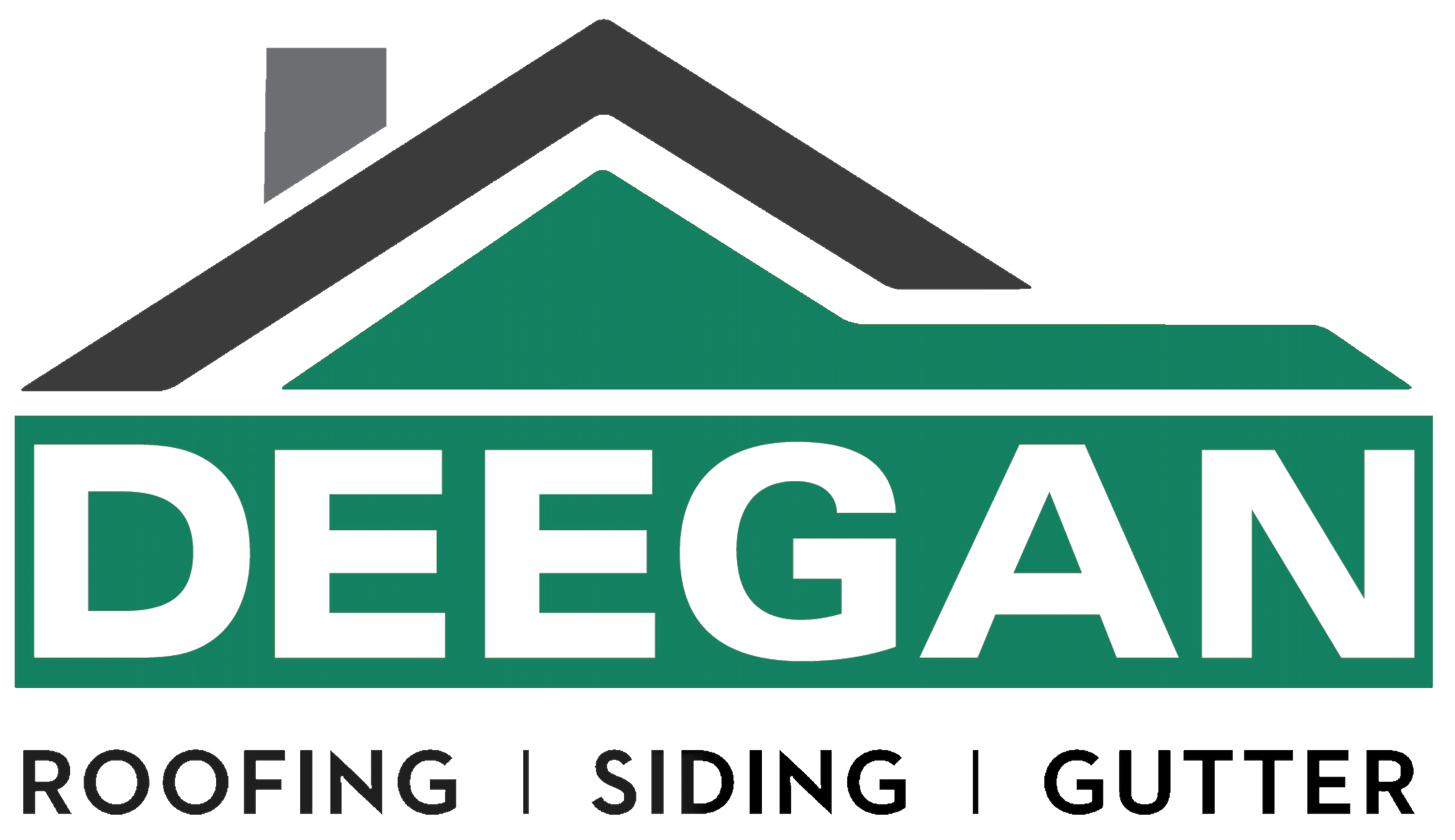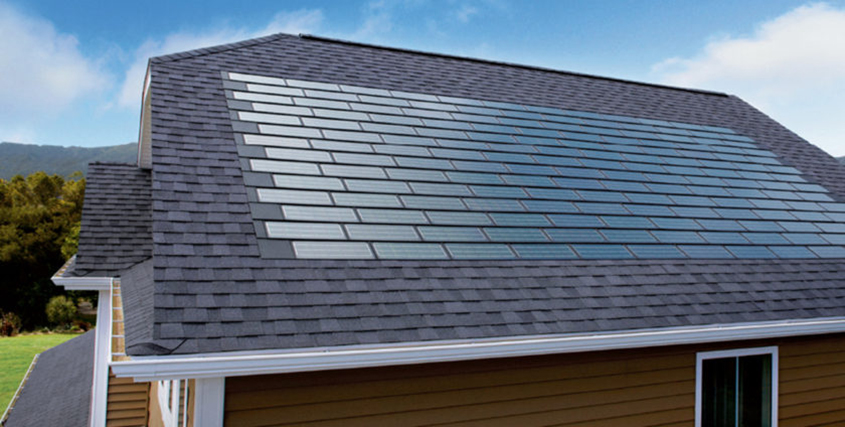Both solar shingles and solar panels can help you save the planet and save some cash, but here are the major differences that might make you favor one over the other. Solar power is one of the most widely utilized alternative energy sources because not only does it help minimize dependence on fossil fuels but also it reduces the overall carbon footprint. Now solar energy is readily available across the United States and the price point is becoming increasingly more affordable. The variation of types of solar energy products for residential homes is so numerous that it can be overwhelming for families to choose among the offerings.
Solar shingles versus solar panels
What Are Solar Panels?
A single solar panel consists of a series of photovoltaic cells arranged on a rectangular plate. To generate electric power for residential and commercial buildings, multiple solar panels must be connected to one another and positioned to ensure maximum sun exposure. These solar panels produce a direct current that is converted and stored in batteries for later use. Solar panels are installed on top of the roof of your home, garage or outdoor patio using fitted mounting brackets. Generally, there is a gap between the panels and the roof.
What Are Solar Shingles?
Solar shingles are also known as solar roof tiles. They look similar to traditional roofing materials or asphalt tiles. Besides protecting the roof, solar shingles are also capable of generating electricity in a similar fashion to traditional solar panels. Solar shingles are like mini solar panels that utilize the same photovoltaic effect to generate electricity from sunlight, but they are much smaller. They are installed as a part of the roof rather than as a separate component mounted atop the roof. Solar shingles can be installed as part of a total roof replacement or restoration.
Key Differences
Solar shingles and solar panels share the same principles. They absorb sunlight and convert that energy into electrical power for a home or office. However, the noteworthy differences have less to do with technology than practicality:
-
Cost
Solar panels are less expensive than solar shingles. Shingles are a newer technology, and their installation process is more complex. Therefore, traditional solar panels have the cost advantage for people who already have a well-functioning roof. There are many providers and solar installation companies to choose from, which increases competition and drives down costs. However, for those who were already eyeing a roof replacement, solar shingles can make good long-term sense. Rather than getting a new roof and solar panels, the combined cost of solar shingles could be more cost effective and permanent. However, if the homeowner is planning to move within 10 years, solar shingles are not as removable as solar panels.
-
Efficiency
Although solar panels and solar shingles work on the same principle of photovoltaic effect, solar shingles are less efficient. That’s because solar shingles are directly attached to the roof and there’s no airflow underneath them. This results in more heat dissipation and less efficiency. Also, solar panels are installed facing the sun, and they can later be removed and repositioned. However, solar shingles are built into the roof, so their location is fixed. Depending on the climate or home design, shingles may not always be positioned to capture maximum sunlight. This, too, reduces efficiency.
-
Flexibility
Replacing asphalt tiles, solar shingles are tailored to fit tilted or sloped roofs. However, solar panels can be installed on any roof type – including flat roofs. Moreover, solar shingles, similar to asphalt tiles, get affixed in their position, they cannot be removed or detached from the roof. On the other hand, if you move to a new residence, solar panels can be easily relocated and attached at the new location. So, solar panels offer much more flexibility in mounting and repositioning.
-
Dimensions
Solar shingles are similar in shape and size to traditional roofing tiles. The average size of a standard solar shingle is about 86 inches long, 12 inches wide and less than one inch thick. A typical solar tile—including all mounting equipment—puts about 15-20 pounds per square foot of weight on your roof. Alternatively, the average size of a typical residential solar panel is about 65 inches long, 39 inches wide and less than two inches thick. A typical solar panel weighs around 40 pounds and puts 3-4 pounds per square foot of weight on the roof. While you might think solar shingles are heavier, remember, shingles essentially are the roof. This means solar panels put dead weight on the roof. This is extra weight beyond the roof’s own weight.
-
Aesthetics
Solar panels are primarily designed for functionality not aesthetic. They look bulky and can sometimes take up the entire area of a building’ roof. The overall curb appeal of your home or office building may seem awkward after adding solar panels. Solar shingles are specifically made to look seamless. Their slim design gives your roof a nice and attractive look, just like traditional tiles on a fresh roof. Aesthetics is one of the main reasons why many people are interested in buying solar shingles.
-
Longevity
Generally, the solar cell structure is made to offer durability for both solar panels and solar shingles. Both are designed for an average lifespan of 25 to 30 years. Although the technology is new, compared to traditional asphalt shingles, solar shingles are a better choice for roof longevity.
Solar Panels vs. Solar Shingles: Which Is Best for You?
The simple answer to this question is that it depends on what matters most to you. Solar shingles are a cost-effective one-time investment during a roof replacement, while solar panels are affordable if they can be affixed atop a fully functioning roof. If curb appeal matters, it’s solar shingles for the win. However, if your roof is flat or not facing the sun, solar panels are the best option to maximize energy efficiency. If you’re not planning to stay in one place too long, solar panels are the way to go. You can easily have them removed and relocated, whereas solar shingles are there to stay. If you’re planning for the long haul, consider how often you plan to use them.
Going solar? Contact us Phone: (908) 322-6405
Deegan Roofing can perform an inspection of your roof and repair any damage. Don’t wait for the uninvited guests to move in, call Deegan Roofing for a well-designed roofer’s control program. We can advise you if you need to remove your shingles or not. We are family-owned and operated, Deegan Roofing Company has been installing and servicing residential and commercial roofing customers in the New Jersey area for over 30 years. If you are concerned about your roof surviving the upcoming winter weather or are currently experiencing roofing problems, it’s never too late to contact Deegan Roofing to get your roof inspected before winter. Website https://www.deeganroofing.com/ Address: 345 Terrill Rd, Scotch Plains, NJ 07076 Hours: Open 8:30 AM ⋅ Closes 5:30 PM

